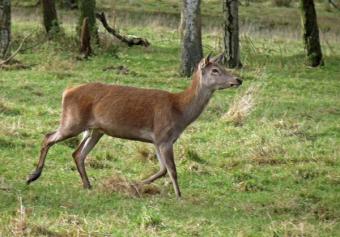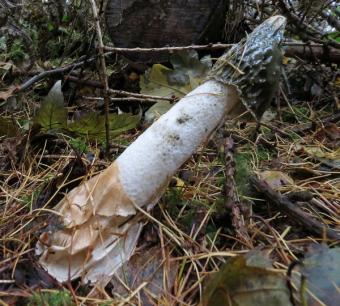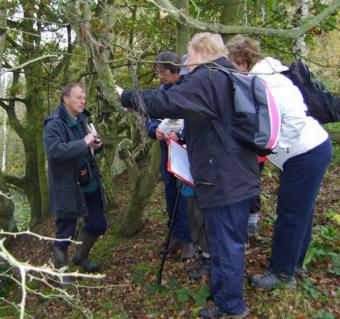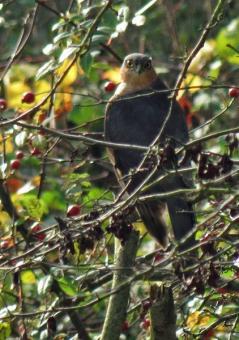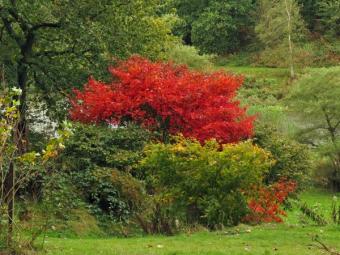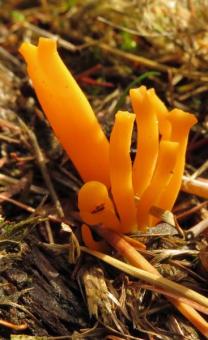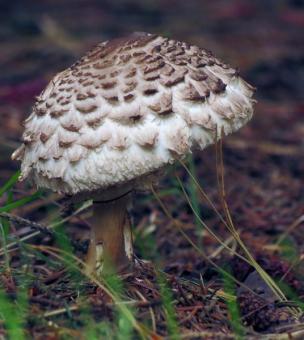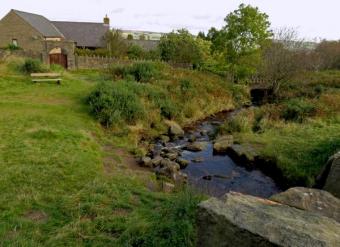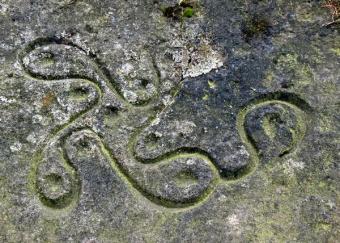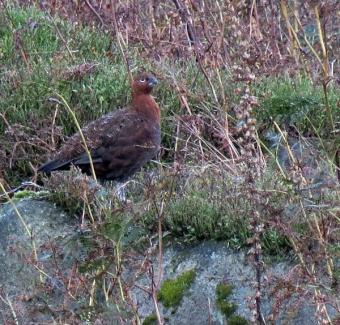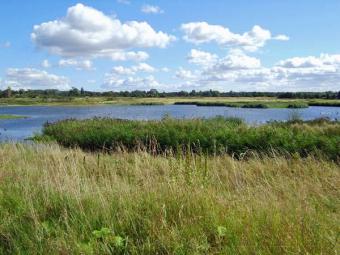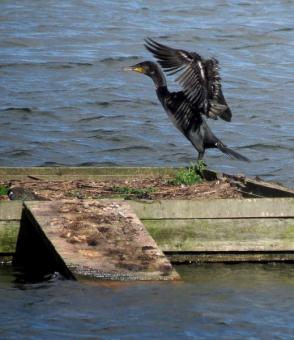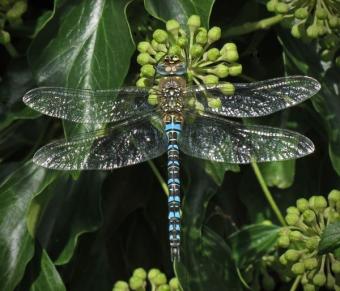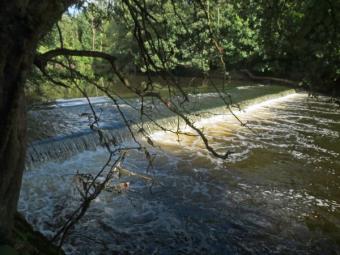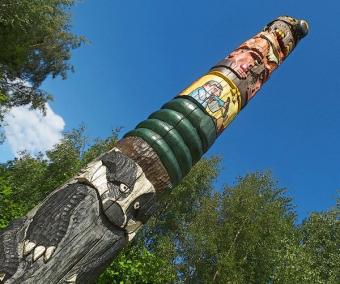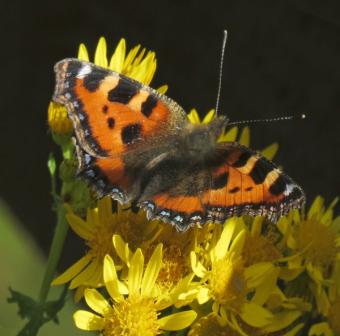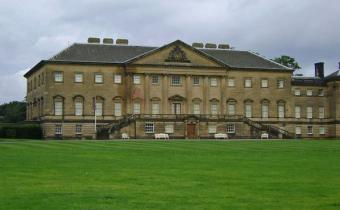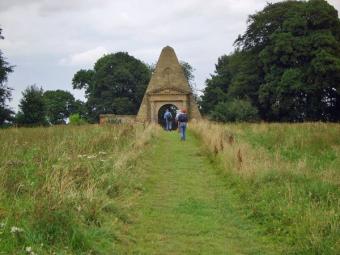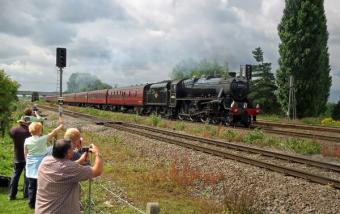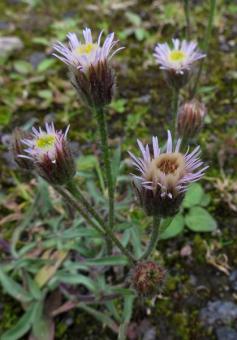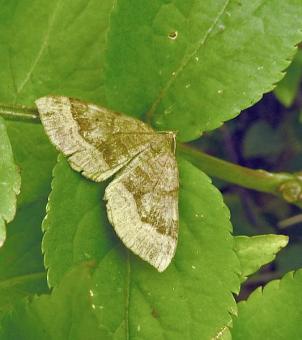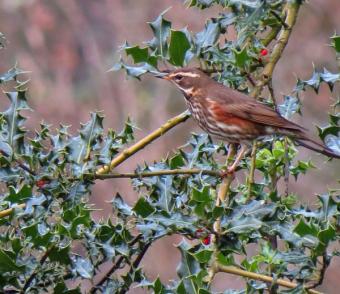 Redwing
RedwingThis was a Mystery Tour and apart from the organisers no one knew the ultimate destination, not even the driver! The mystery was added to when the navigator (the author of this piece!) gave incorrect directions to Sue the outward-bound driver. We were driving around in circles for 15 minutes. Much to the confusion of Alan who was behind in his car, gamely attempting to keep up! When we stopped at the car-park toilets at the south/western end of Fewston Res. the trippers wrongly thought they were at the starting point; but no.
The actual start was to be at the northern end - Blubberhouses car-park. Two problems then had to be overcome; the minibus was too high to fit under the car-park barrier although luckily there was enough space outside. Secondly the footpath on the western side of Fewston was closed for repairs which meant that Plan A was in tatters! The good news was that once again the weather was benign. The wet start in Bradford had been replaced by drier conditions and the cold north-easterly breeze was at our backs. We even had brief glimpses of the sun!
The group of 17 then had a decision to make; whether to follow Donald on the ramble around the 2 reservoirs or to go with myself on the amble around Fewston. 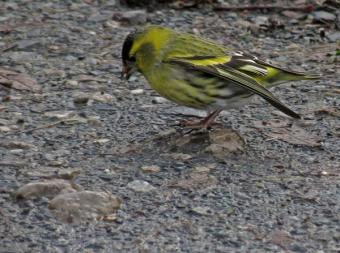 SiskinFive hardy souls strode off on the longer jaunt and the rest shuffled off at an altogether different pace. Within a few yards of the start we were blessed with the sight of a flock of Lesser Redpolls, feeding below us on the bushes between the path and the water so that those who had remembered to bring their bins were able to see the red crowns which give the birds their name. Before we had gone a further 50 yards there were 3 Siskins on the path seemingly oblivious to our presence. We spent so long watching these scarce birds that it was no great surprise that at the end of our walk the ramblers were already at the minibus! Other birds seen that day were Redwings, Cormorants and a Heron.
SiskinFive hardy souls strode off on the longer jaunt and the rest shuffled off at an altogether different pace. Within a few yards of the start we were blessed with the sight of a flock of Lesser Redpolls, feeding below us on the bushes between the path and the water so that those who had remembered to bring their bins were able to see the red crowns which give the birds their name. Before we had gone a further 50 yards there were 3 Siskins on the path seemingly oblivious to our presence. We spent so long watching these scarce birds that it was no great surprise that at the end of our walk the ramblers were already at the minibus! Other birds seen that day were Redwings, Cormorants and a Heron.
Much time was also devoted to Identifying various fungi; fortunately much of it was too far gone over to bother with, due to the very heavy overnight rain or was on the wrong side of the wall; otherwise we would have been finishing in the dark! Species successfully ID'd : Wrinkled Club (Clavulina rugosa), Plums and Custard, Jelly Ear, Jelly Babies, Glistening Inkcap, Wood Hedgehog (Hydnum repandum), Purple Russula, Puffball and a half eaten Scarlet Waxcap.
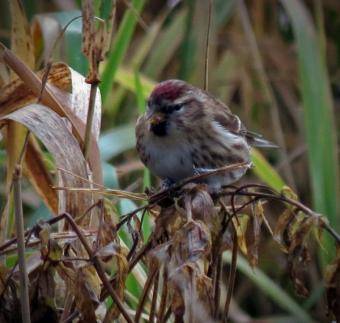 RedpollJanet and Joan logged at least 21 flowering plants, not bad for late November. Dania who was discomforted by a dodgy knee decided discretion was the better part of valour and abandoned the group to head for the warmth of the Hopper Lane Hotel! Lunch for the group was at the picnic tables where we had enjoyed the earlier toilet break. That is apart from Gillian and Marilyn who couldn't wait and had already eaten theirs on a broken section of wall! The only rain of the day occurred during our lunch, but luckily was just a light shower.
RedpollJanet and Joan logged at least 21 flowering plants, not bad for late November. Dania who was discomforted by a dodgy knee decided discretion was the better part of valour and abandoned the group to head for the warmth of the Hopper Lane Hotel! Lunch for the group was at the picnic tables where we had enjoyed the earlier toilet break. That is apart from Gillian and Marilyn who couldn't wait and had already eaten theirs on a broken section of wall! The only rain of the day occurred during our lunch, but luckily was just a light shower.
We then retraced our steps back to the start. The unanimous decision of course was to join Dania in the pub. We were greeted with the sight of a wood burning range and a warm looking Dania. Those who chose to have tea were rather bemused by the quaint black tea teapots and the multi-coloured teatimers.
Once again a lovely day out
John Gavaghan
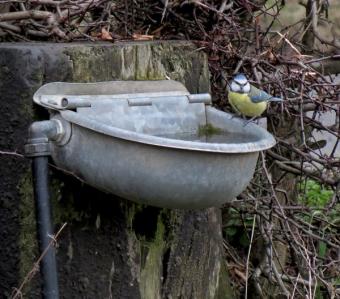 Blue Tit OasisOur 2013 New Year walk started in Mirfield where the group of 13 followed the Calder and Hebble Navigation as far as the Shepley Bridge Marina. Just before turning off onto the uphill road, we had distant views of a kingfisher perched in a tree near the water's edge. The uphill route took us close to the Ladywood fishing lakes where we saw great crested and little grebe. From the road we headed through the Dewsbury District Golf Club taking care to avoid any flying golf balls and then continued on the muddy path down through Hagg Wood. On the road back down to our starting point we saw a flock of long-tailed tits. We had lunch by the canal. Although mild, the morning had been overcast but the sky was looking increasingly threatening so the afternoon's walk was cut short in favour of a trip to the local tea room whilst others went shopping. About 20 birds were seen and 17 plants in flower were recorded. Many thanks to Peter for leading this enjoyable walk.
Blue Tit OasisOur 2013 New Year walk started in Mirfield where the group of 13 followed the Calder and Hebble Navigation as far as the Shepley Bridge Marina. Just before turning off onto the uphill road, we had distant views of a kingfisher perched in a tree near the water's edge. The uphill route took us close to the Ladywood fishing lakes where we saw great crested and little grebe. From the road we headed through the Dewsbury District Golf Club taking care to avoid any flying golf balls and then continued on the muddy path down through Hagg Wood. On the road back down to our starting point we saw a flock of long-tailed tits. We had lunch by the canal. Although mild, the morning had been overcast but the sky was looking increasingly threatening so the afternoon's walk was cut short in favour of a trip to the local tea room whilst others went shopping. About 20 birds were seen and 17 plants in flower were recorded. Many thanks to Peter for leading this enjoyable walk. 



